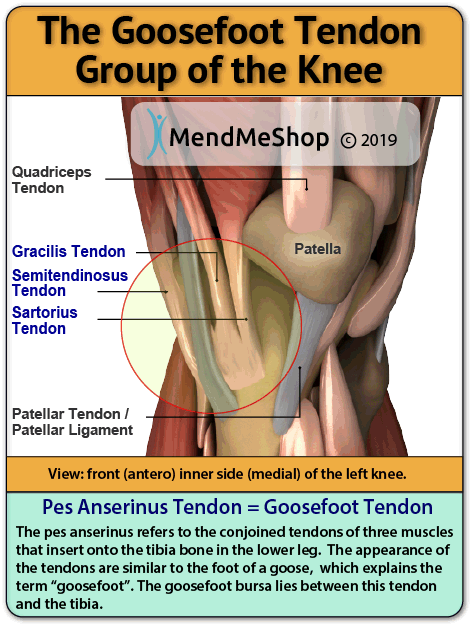Typical Symptoms: Pain, Tenderness and SwellingIf you suffer from bursitis in your pes anserine bursa you will feel pain or tenderness over your tibia, approximately 2-3 inches below the patella, or kneecap. The pain often radiates to the back and inside of the thigh.  Bursitis pain becomes worse during exercise or when you are climbing stairs, but can also increase by simply bending and straightening your knee. Pain usually starts gradually and develops over a few days or even months. Swelling is usually evident over and around the bursa that is inflamed. This swelling may appear immediately following trauma, over a couple of hours, or up to 7-10 days after the incident. You may also notice warmth and visible redness on your skin in the area as inflammation in the pes anserine bursa and along the tendons becomes more severe. Difficulties SleepingPatients suffering from knee bursitis may also have interrupted sleep patterns. Simply bending your knee or rolling over during sleep can cause pressure on the inflamed bursa, increasing your pain. The pain can range from mild to very sharp depending on the amount of inflammation in your knee. Many knee bursitis sufferers recommend placing a pillow between your knees/thighs while you sleep to reduce pain throughout the night. Limited Range of Motion and WeaknessWhen you have bursitis in your knee, the pain is often limiting as you stop performing motions that make the pain worse. If bursitis is left untreated the inflammation can increase, causing more pain, limiting movement even more and eventually weakness in the leg muscles and tendons can set in. As you lose strength in your quadriceps, your legs may begin to give out during daily activities. 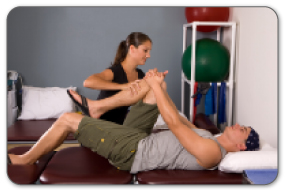 It is important to treat pes anserine bursitis in the early stages to reduce the symptoms, minimize damage and maintain motion and strength in your knee. Eliminate any squatting, repetitive knee bending, crossing your legs, kneeling or any other activities that add pressure on your bursa. By treating your knee bursitis in the early stages with a Cold Compress or Ice Pack and a TShellz® Circulatory Boost Wrap, you are more likely to prevent long-term damage and chronic conditions from setting in. Treating Pes Anserine BursitisDoctors and surgeons know that surgery will introduce more scar tissue into the tendons and ligaments in your knee - this is why they only recommend surgery as a last resort. This added scar tissue will be problematic, requiring PT visits and conservative treatment options post-surgery. When it comes to pes anserine bursitis there's only a few surgical options for treatment - removal of the bursa sac, scraping of the bone(s) to allow more room for the new bursa to grow back. This is why surgery is almost always only performed on chronic bursitis cases that won't heal with conservative treatment methods. The good news is that most cases of pes anserine bursitis will heal with simple home conservative treatments. Surgery is usually not neededRelieving the pain of your sore knee and the symptoms of bursitis initially focuses on keeping the pressure off the bursa. If your pes anserine bursitis was caused due to the nature of your work, you really need to stop that type of work until the bursitis is gone. For non-infectious bursitis, the preliminary treatment will almost always start with conservative treatment options. Learn more about Home Treatment Remedies & Options for Pes Anserine BursitisLearn More About Bursitis Injuries & TreatmentsI want to learn more about Post-Surgery Recovery I want to learn more about TShellz Wrap® Circulatory Boost I want to learn more about Ice & Heat: Which Is Better For Treatment? I want to learn more about Bursitis Treatments I want to learn more about Bursitis Surgery FREE SHIPPING ON ALL PRODUCTS CURRENTLY ENABLED | 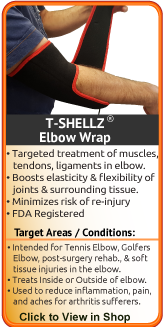    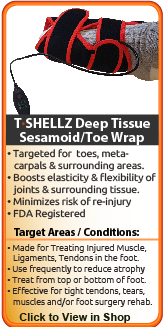   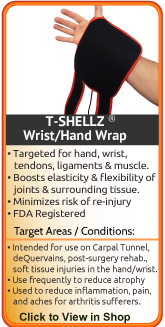 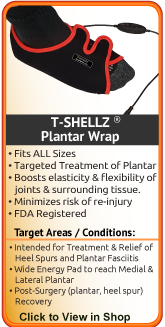  |



